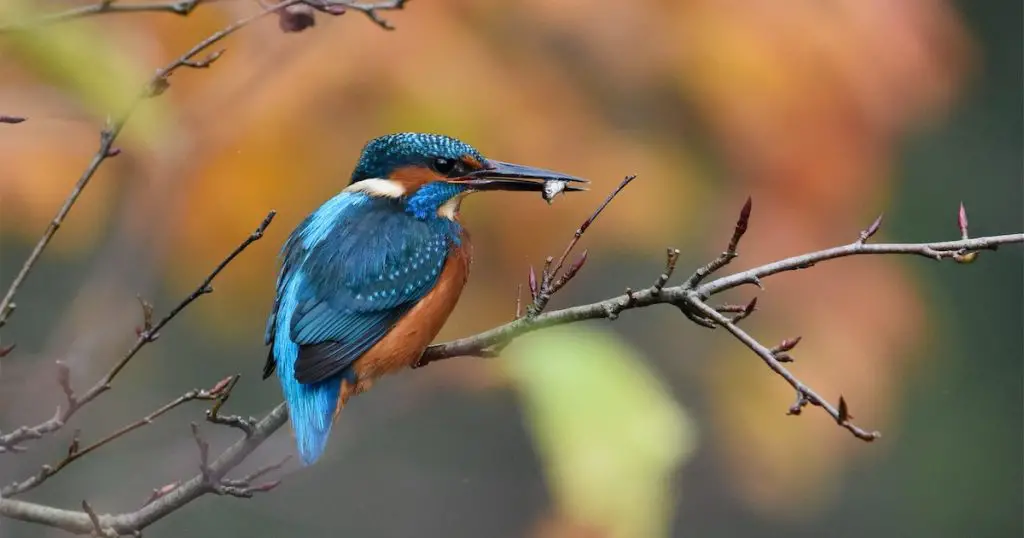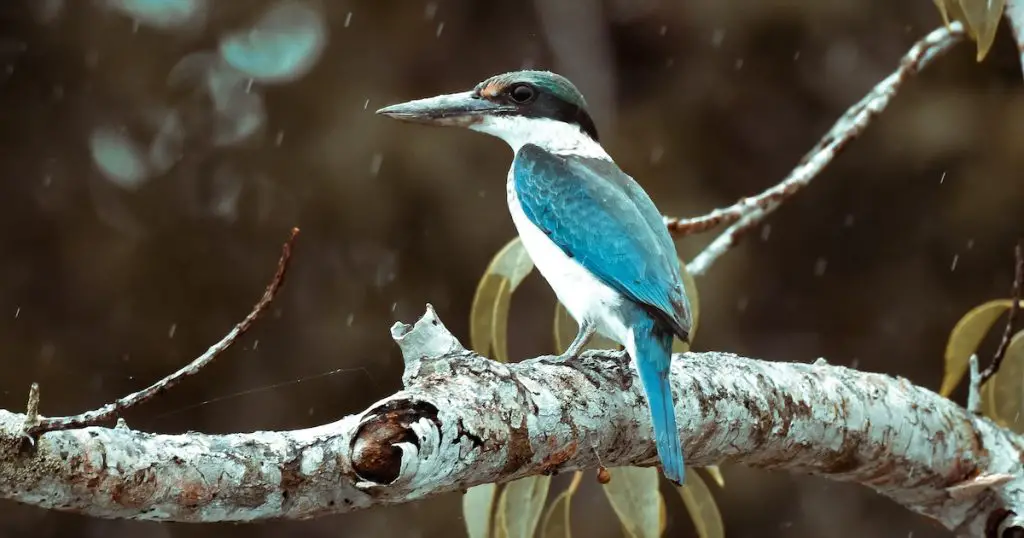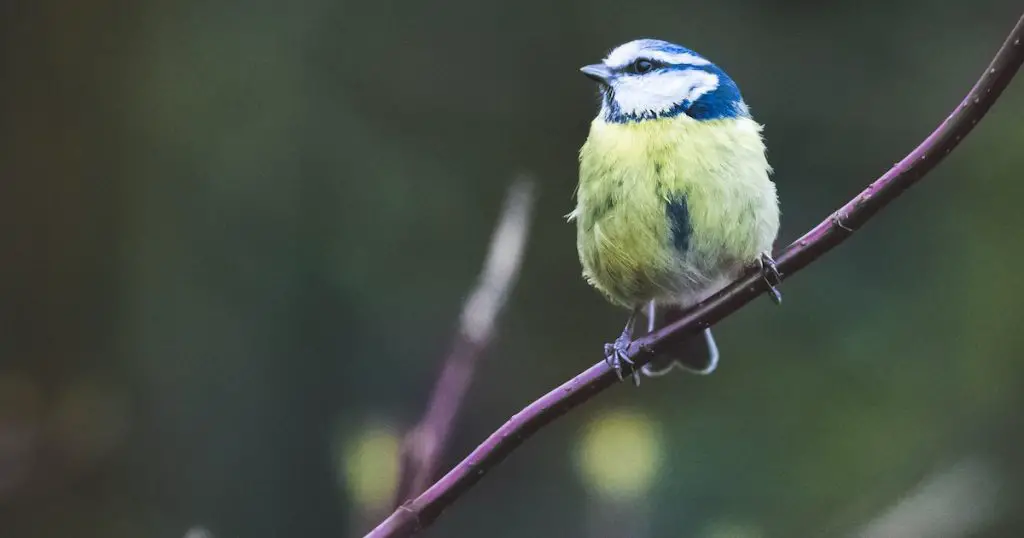Nestled in the picturesque landscapes of Arizona, Prescott stands as a beacon for nature enthusiasts. Known for its enchanting beauty and a myriad of outdoor activities, it remains a hub for those passionate about birdwatching.

Birdwatching at natural landmarks around Prescott offers not only a merging of nature and observation but also a deep dive into the diverse avian species that make these landmarks their home.
The Fundamentals of Birdwatching
Birdwatching, often referred to as birding, is much more than just looking at birds. It’s about immersing oneself in nature, understanding avian behavior, and enjoying the serenity it brings.
To start, there are certain tools and techniques that can make the experience even more enriching. Firstly, it’s essential to have a good pair of binoculars. Some binoculars are specifically designed for birdwatching and offer a clearer, more detailed view. All About Birds offers a comprehensive guide on choosing the right pair for your needs.
The second vital tool is a field guide. A guidebook helps identify different species by providing information on their appearance, calls, habits, and habitats. Many seasoned birdwatchers prefer “The Sibley Field Guide to Birds of Western North America”, available in many bookstores and online platforms.
Granite Dells: The Rocky Retreat
Granite Dells is a geological marvel, characterized by its weathered granite boulders. Beyond its rocky allure, it’s a haven for several bird species.
Among the craggy outcrops, one might catch a glimpse of the swift Peregrine falcons. These majestic birds are known for their incredible speed, especially during their hunting dives. The Dells also provide a home for the red-tailed hawks. With their broad wings and a distinctive red tail, they are a sight to behold as they soar above the granite formations.
For those interested in learning more about the birds of this area, Audubon has detailed profiles on both the Peregrine falcon and the red-tailed hawk, complete with their habits and distinctive calls.
Watson Lake: A Reflecting Mirror of Avian Wonders
Watson Lake, with its azure waters reflecting the skies, is not just a scenic spot but also a thriving ecosystem. This lake is often frequented by the elegant American white pelicans. Their synchronized flying and fishing are truly a spectacle.
Moreover, ospreys, also known as “sea hawks”, can be seen diving into the waters of Watson Lake to catch their prey. These raptors are incredibly skilled hunters, and watching them in action is an experience in itself.

For those keen on understanding the ecology of lakes and their avian inhabitants, the Cornell Lab of Ornithology provides a treasure trove of information.
Thumb Butte: An Elevated Perspective
The iconic silhouette of Thumb Butte dominates Prescott’s skyline. It’s not just a hiking hotspot but also a magnet for birdwatchers.
Mountain chickadees, with their distinctive black caps and cheerful calls, can often be seen flitting around the trees at higher altitudes. Joining them are Steller’s jays, their blue and black plumage standing out against the greenery.
The dense foliage and the altitude make Thumb Butte a unique spot for birdwatching, with species that are often not found in the lower regions of Prescott. For tips on high-altitude birdwatching, enthusiasts can check out resources like BirdWatching.
Goldwater Lake: Tranquil Waters and Rustling Feathers
Goldwater Lake, with its calm waters and surrounding pine trees, offers another serene spot for bird enthusiasts. The gentle ripples often carry the reflection of mallards, known for their vibrant green heads (in males) and their gentle quacks.
But the lake isn’t just about ducks. The statuesque great blue herons can also be seen here. These long-legged wading birds often stand motionless as they wait for fish or frogs to come within their striking distance.
For more insights on wetland birds and their habitats, National Geographic has numerous articles and photo-stories that delve deeper into their lives.
Lynx Lake: The Forested Hideaway
The serenity of Lynx Lake, surrounded by dense forests, makes it an ideal hideaway for both birds and birdwatchers. Among the tall pines, one might hear the drumming of the northern flickers. These woodpeckers, with their spotted plumage, are a joy to observe.
Winter months often bring a special guest to Lynx Lake – the bald eagle. With their imposing size and regal appearance, they are a testament to the rich biodiversity of the region.
Birders looking to further their knowledge can refer to the American Bird Conservancy, which offers detailed profiles on numerous bird species.
Prescott National Forest: The Expansive Green Canopy
Stretching over a vast area, the Prescott National Forest is a mosaic of habitats, each with its unique avian residents. The chattering of acorn woodpeckers often fills the air. Their habit of storing acorns in tree trunks is both fascinating and unique.
Joining this symphony are the western bluebirds, their vibrant blue plumage making them easy to spot against the forest greens.
For those keen on forest birding, BirdLife International offers valuable insights into forest conservation and the avian species dependent on these habitats.
Peavine Trail: The Path Less Traveled
Winding through some of Prescott’s most scenic landscapes, the Peavine Trail offers birdwatchers a chance to spot species that thrive in transitional zones.

Rufous hummingbirds, with their iridescent plumage and rapid wingbeats, are often seen hovering over wildflowers. Another regular is the American goldfinch, its bright yellow feathers shining like little suns.
Ainsworth Historic Park: History Meets Nature
Blending history with nature, Ainsworth Historic Park is a gem. Amidst the remnants of history, one can spot the bright western tanagers and the melodious black-headed grosbeaks, making history come alive in a unique way.
As with any outdoor activity, safety should be a priority. While exploring, always be aware of your surroundings. Remember to stay on marked trails to reduce habitat disturbance. Also, always ensure you’re dressed appropriately for the terrain and weather.
Documenting Your Findings
One of the joys of birdwatching is documenting your findings. Keeping a birdwatching journal can be immensely satisfying. In the age of technology, digital tools like apps and online platforms also offer innovative ways to track and share your observations. A combination of traditional note-taking and modern tools can enhance the birdwatching experience manifold.
Photography is another way to document the avian wonders you encounter. Capturing the beauty of a bird in flight or at rest can be an art in itself. There are numerous resources, like Bird Photography Tips, that provide guidance on how to capture the perfect shot while ensuring the birds aren’t disturbed.
Community Engagement and Activities
Birdwatching isn’t just a solitary activity. There’s a thriving community of bird enthusiasts in Prescott and joining a group can be a great way to learn and share experiences. Many organizations and clubs conduct group birdwatching events, workshops, and annual gatherings. Websites like The Birding Community can help connect enthusiasts and provide details about upcoming events.
Moreover, interacting with a community can be an enriching experience, providing opportunities to participate in citizen science projects or contribute to local conservation initiatives.
Advocacy: Protecting the Birds of Prescott
With the joy of birdwatching comes the responsibility of advocacy. The birds we love to observe rely on us to protect their habitats and ensure their survival.
Local conservation groups are always in need of support. Whether it’s through volunteering, donating, or simply raising awareness, every action counts. BirdLife International is a global alliance dedicated to conserving birds, and their initiatives often trickle down to local levels, ensuring protection for avian species across regions.
The Migration Marvel
Bird migration is one of nature’s most fascinating phenomena. Prescott sees its fair share of migratory birds, and observing them can be a real treat. Understanding why and when birds migrate can provide deeper insights into their behavior and survival strategies.
Websites like Journey North provide real-time tracking of bird migrations and offer resources to understand the science and patterns behind these epic journeys.
Learning Resources
Delving deeper into the world of birds requires a combination of field experience and theoretical knowledge. Books, online courses, workshops, and seminars can offer a wealth of knowledge. Websites like All About Birds not only help in identification but also in understanding bird behavior, physiology, and ecology.
For beginners, starting with a basic field guide and gradually exploring more in-depth resources can be a good approach. For advanced birders, research papers and scientific articles can provide deeper insights.
The Ethics of Birdwatching
Every birdwatcher must adhere to a set of unwritten rules to ensure that birds and their habitats are respected. It’s essential to maintain a safe distance and avoid causing any disturbance, especially during breeding seasons. Feeding wild birds, although tempting, can often be harmful.

Organizations like the American Birding Association provide guidelines on birdwatching ethics, ensuring that our passion doesn’t inadvertently harm the subjects of our admiration.
Frequently Asked Questions:
In this section, we will be delving into some of the most common inquiries and curiosities that surround our topic.
What is the best time of year for birdwatching in Prescott?
Spring and fall, during the migration seasons, offer a plethora of species. However, each season brings its unique set of birds, making Prescott a year-round birdwatching destination.
Are there any endangered species in the area?
Yes, several species in Prescott are either endangered or threatened. It’s crucial to be aware of these species and practice extra caution while observing them.
How can one participate in local conservation initiatives?
Joining local birdwatching or conservation groups is a great start. These groups often have programs and activities aimed at preserving avian habitats and species.
What other wildlife can one expect to see at these landmarks?
Beyond birds, Prescott’s rich ecosystems house mammals, reptiles, amphibians, and a diverse array of flora. It’s a nature enthusiast’s paradise.
Conclusion
Birdwatching at natural landmarks around Prescott offers more than just the joy of observation. It’s a journey into the heart of nature, a lesson in ecology, and a testament to the beauty of our feathered friends.
As we tread the paths of Prescott’s landmarks, binoculars in hand, let’s pledge to be responsible observers and ardent protectors of these avian wonders. After all, in their songs and flights, lies the true essence of nature’s marvel.



Leave a Comment
You must be logged in to post a comment.